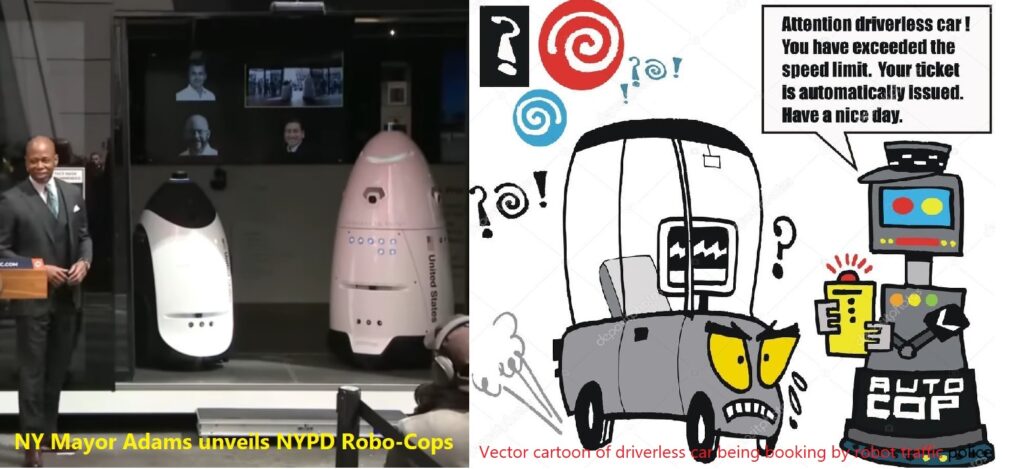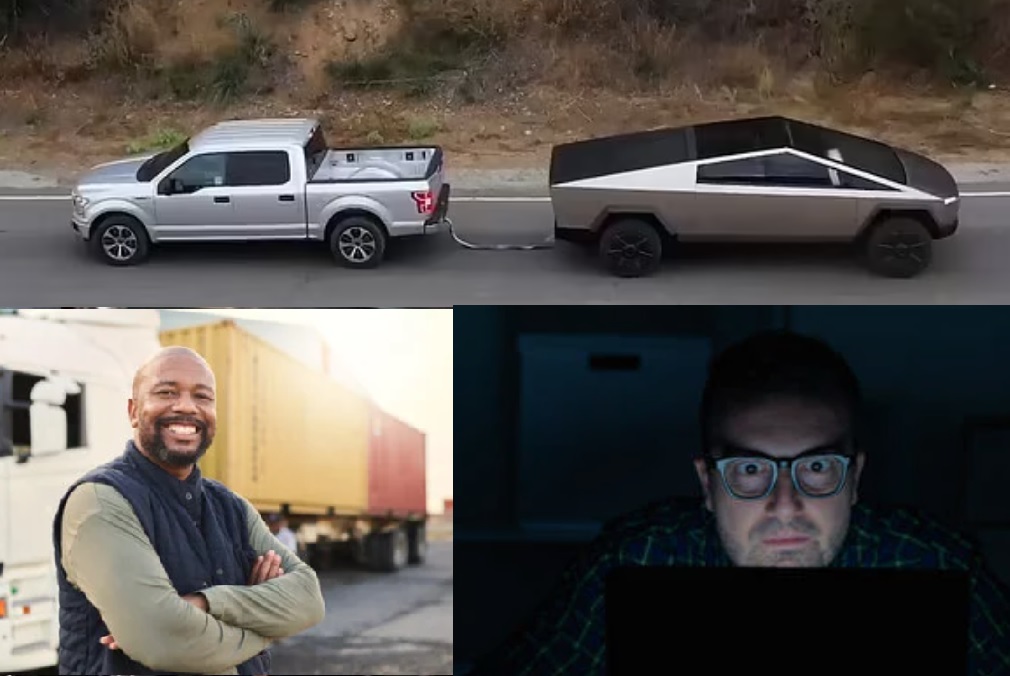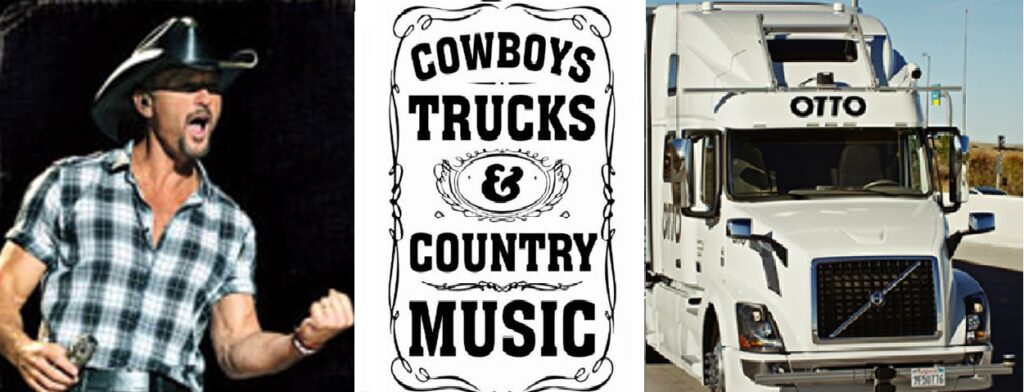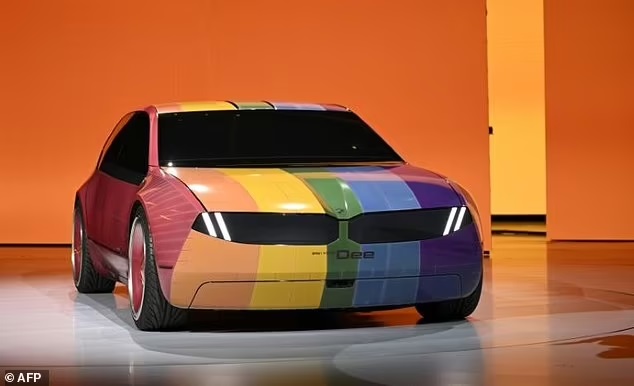
In April 2023, NYC Mayor Adams unveiled new 400-lb robo-cops, intended to revamp NYPD’s police force. San Francisco and other cities are following suit. The race to introduce robocops could be because real cops have had several issues dealing with self-driving cars. For example, in April 2022, SFO police had to pull over GM’s self-driving Cruise several times because it did not have headlights on, then would not wait for the cops, and continued driving until it was pulled over again. Then in 2023, SFO firefighters voiced their serious complaints to the State about self-driving cars, after they had to break the window of a self-driving car that would not move to let the fire engines reach its destination. Perhaps the Mayors of NYC and SFO and the makers of self-driving cars, believe that robocops could be programmed to send them only appreciation letters, that is why they are replacing the police force with robocops.








